Designer toolbox
My hand-picked stash, of the best resources, books & tools out there on different design & UX topics, so you don’t have to dig through the internet swamp. Built by a UX nerd (hi) for other design nerds!
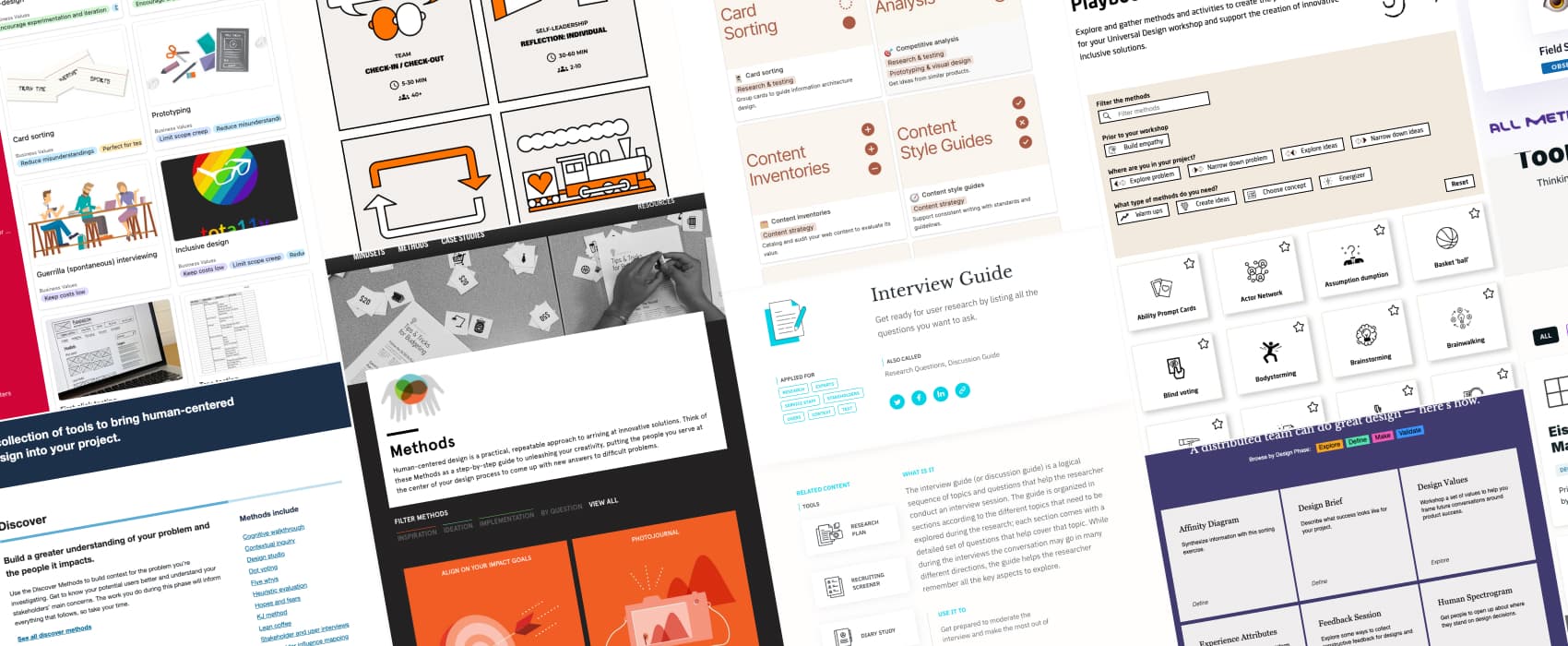
10+ Resources to Find UX Methods and Tools
There’s a lot of methods available to UX designers and researchers to help strategize, observe, understand problems, ideate and validate solutions. This also means that it’s quite easy to get lost and feel overwhelmed with the quantity of information available. That’s why, I’m sharing with you my list of resources I use in my daily job to find the right UX method and tool for my project.
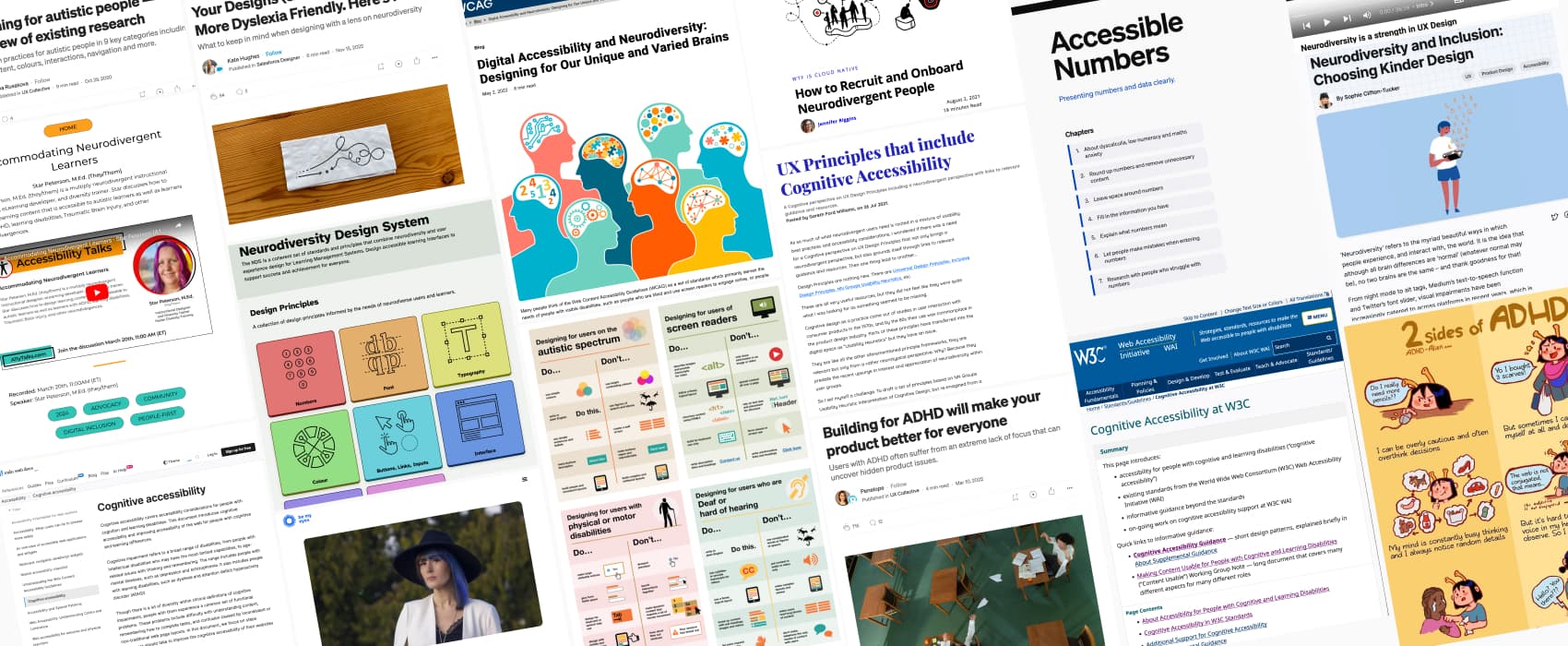
Neurodiversity and UX: Essential Resources for Cognitive Accessibility
A list of curated resources to help you design for neurodiversity, from WCAG guidelines to real-world expertise and practical tips for various cognitive disabilities, including Dyslexia, Dyscalculia, Autism and ADHD
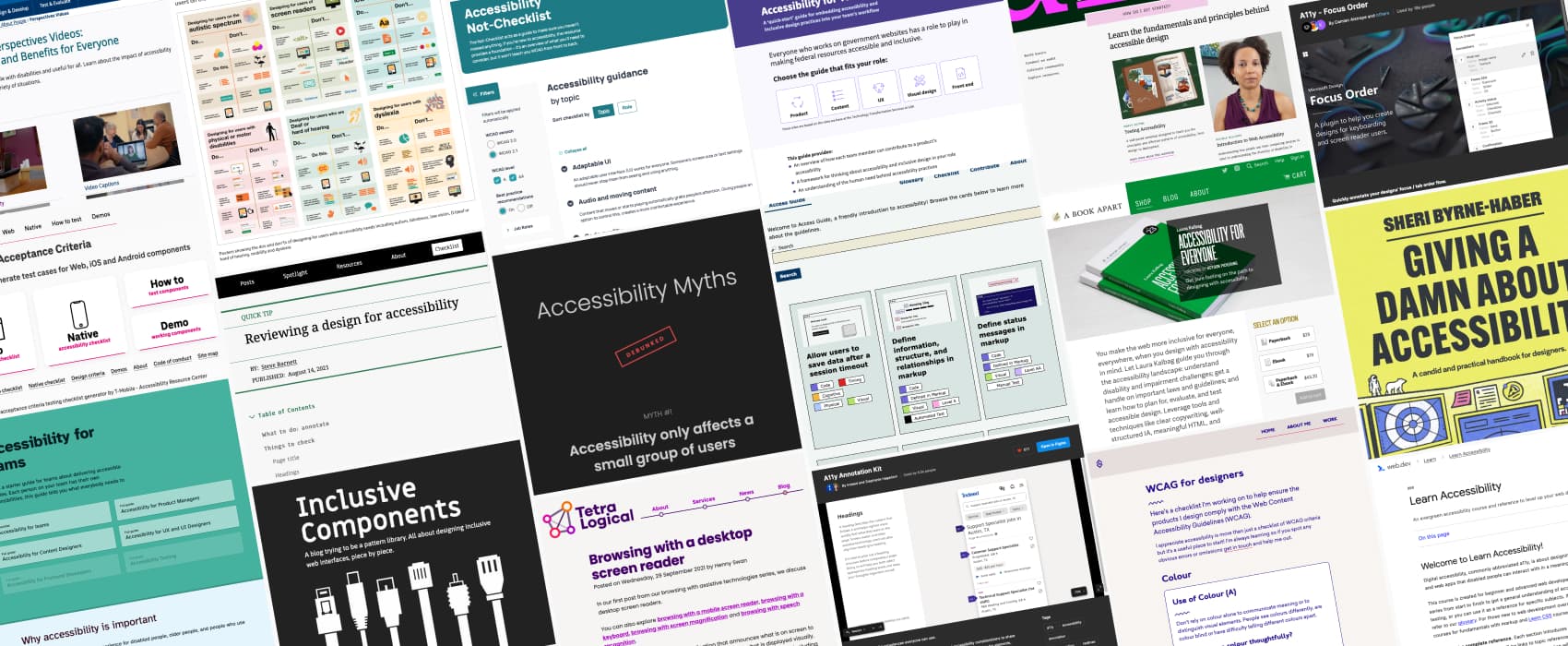
Accessibility for designer: where do I start?
When talking about accessibility, especially to designers, I’m often asked “where should I start if I am interested in the topic and want to learn more?”. So, here we are: I put together (and will update) this list of resources, articles, blog posts, and checklists to help you, designers, get started on your “building more accessible products” journey.
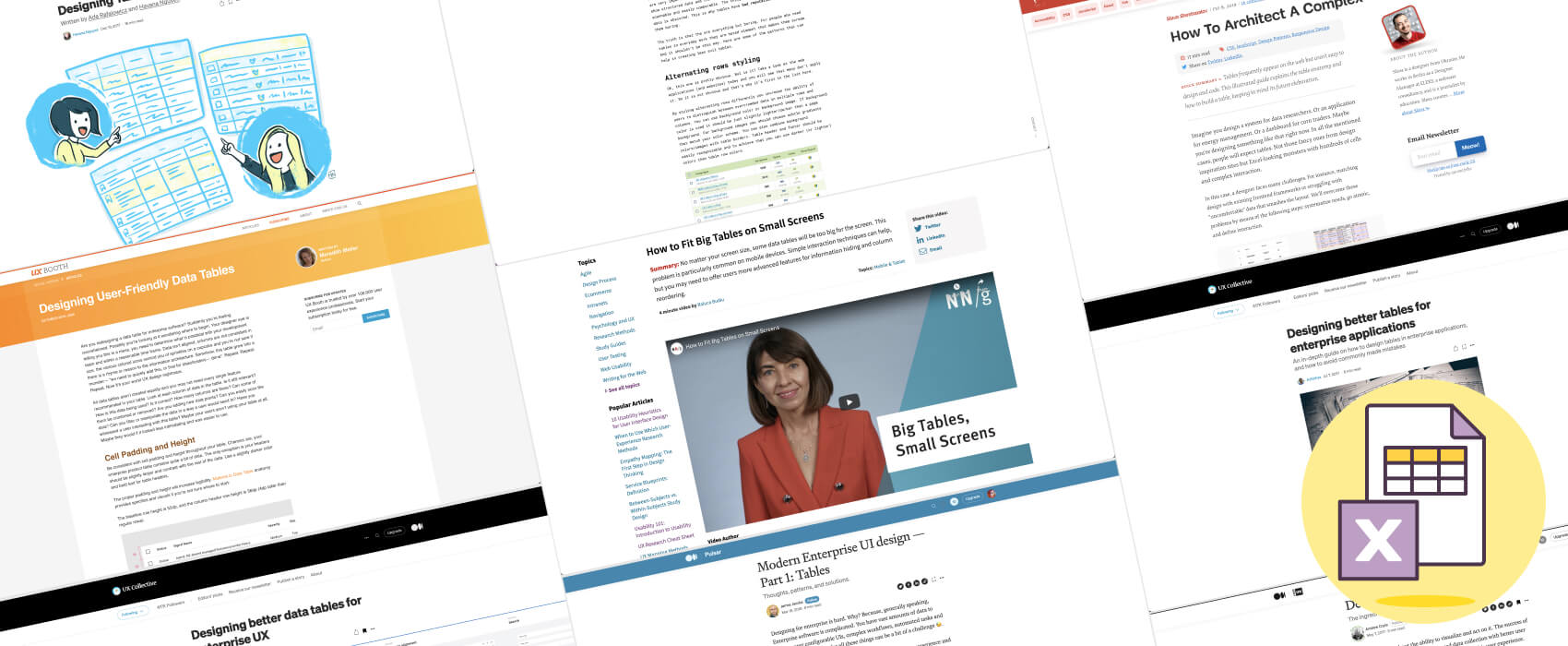
Enterprise UX: essential resources to design complex data tables
I often work on dashboards, internal tools and web apps with a LOT of complex data to display. Most of the time, that data is displayed in different forms and variations of tables. From basics and specific table patterns to enterprise app tables tips and fitting big tables with a lot of content in any screen, I put together a list of resources and blog posts that will help you design complex tables with a lot of data and interactions.
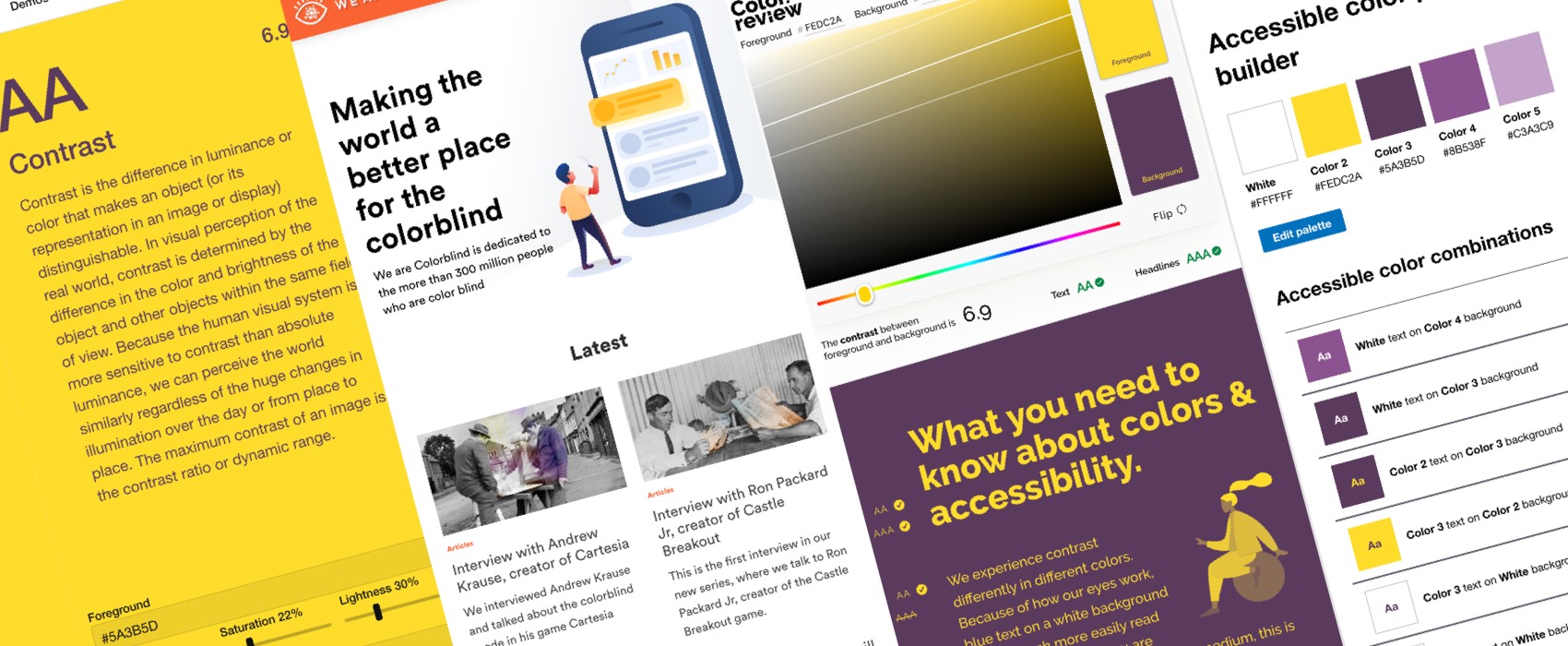
Color accessibility: tools and resources to help you design inclusive products
I wrote a quick tweet about teaching the basics of accessibility and colors to design students that go quite some attention. It brought up some interesting discussions. So I thought I would share with you all the resources, tips and tools I regularly use to build and check the color accessibility of my products in one place. Enjoy.

📚 My Selection of the Best Books on UX Research, UX Design, Mobile, Accessibility & more
My personal selection of the best book on UX design, user research, psychology, UI and web design, ethics, creativity, mobile and responsive web design, accessibility, collaboration, strategy, management and more. I ordered the list in different categories to help you go through and update the list regularly.

80+ UX, psychology and product design blogs & people to follow
A lit of UX research, psychology, product related blogs and people I follow. Those are listed in alphabetic order. Some of them might not be active anymore. But those are still full of great articles and resources to help you get started and progress in the user research and user experience design field.
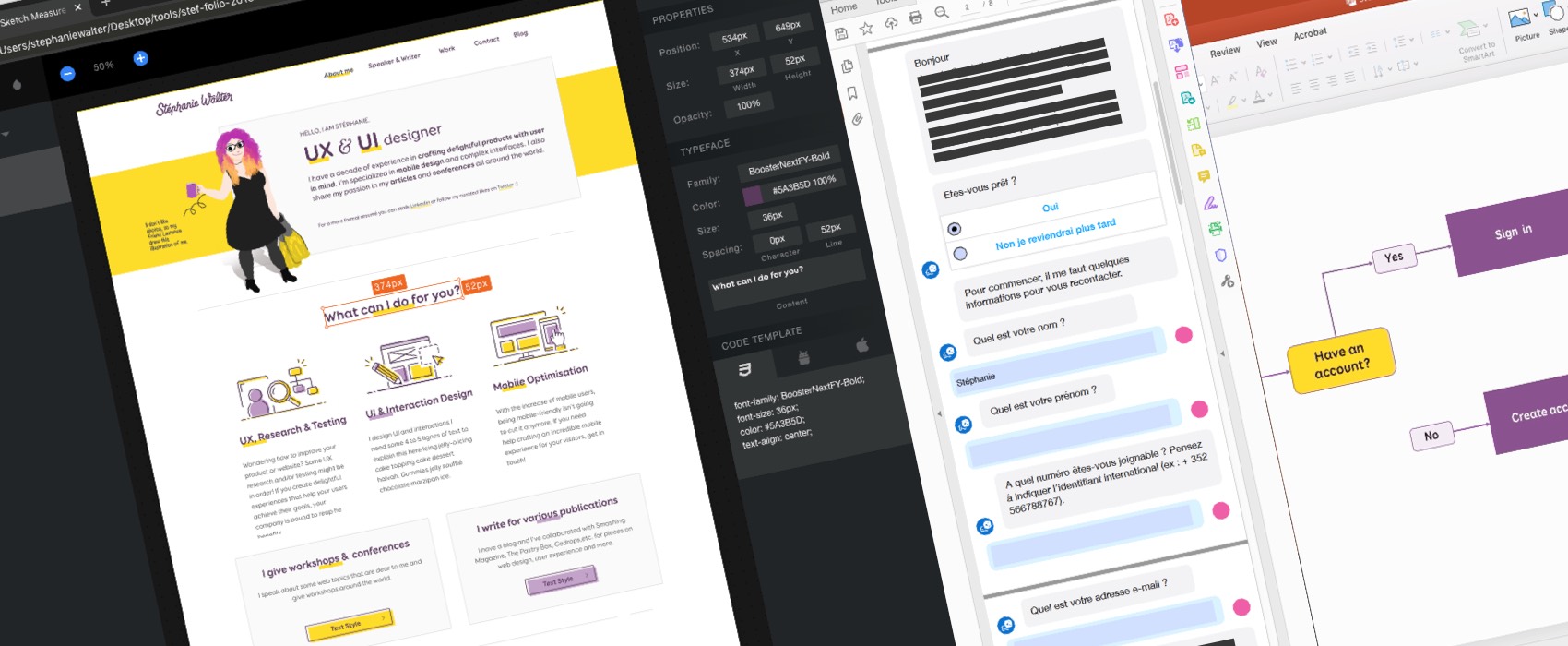
The Pragmatic Designer: Local and Self Hosted Design Tools
There’s some environments where a designer’s toolbox can be quite limited. I list the cloud/online tools related to user research, design and designer/developer relationship I like to use (when I can). I give some local/self-hosted/free alternatives for: user flows, card sorting, surveys and polls, interactive prototyping, feedback sessions on mockups and documentation, collaboration with developers and handoffs, design system documentation and user data analytics. Welcome to “how to still do efficient user research, UI design and collaborate when you can’t use Figma, Invision and all the fancy new cloud design tools because you are working for banks, insurance and other institutions”.
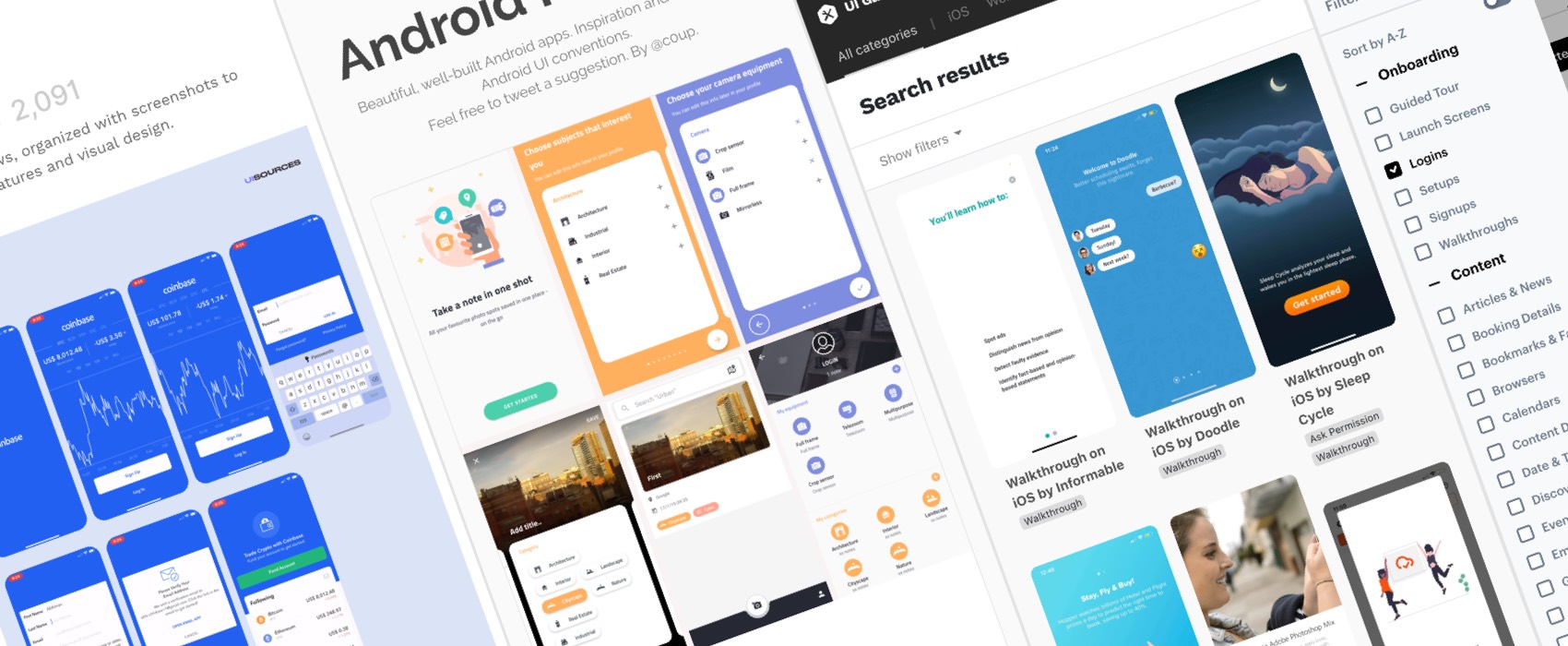
15+ Expert Resources For Mobile UI Inspiration: Patterns, Components and Flows
UI inspiration is a big part of our process as designer. We like to share our work for feedback, think outside the box, iterate to offer different design solutions. But it’s not always easy (especially if you work alone). Whether you are stuck on a project or are just looking for some ideas on “how do other designers solve this UI problem”, finding UI inspiration is quite important. If you are looking for some “real” mobile app inspiration, there’s quite a few resources that specialise in mobile UI patterns, mobile components, and mobile flows. Here is a selection of sites I use a lot when I design native Android and iOS apps with my honest review about what I like and don’t on those sites.
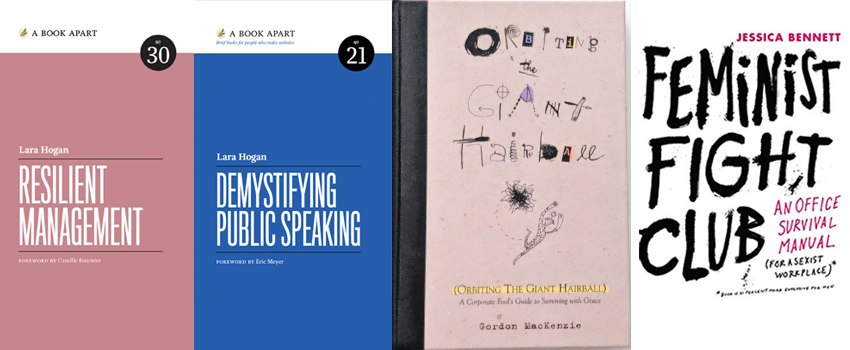
4 Non Design/Tech Books That Help My Career
This year, I started reading less technical books this year and instead read more books about management, leadership and human relationships at work. Those books help me build my career and I hope also help me become a better co-worker. Here is a selection of the last 4 books I finished that are all about team management, getting better (or starting) public speaking, surviving and staying creative in a corporate company and holding up as a women in tech.